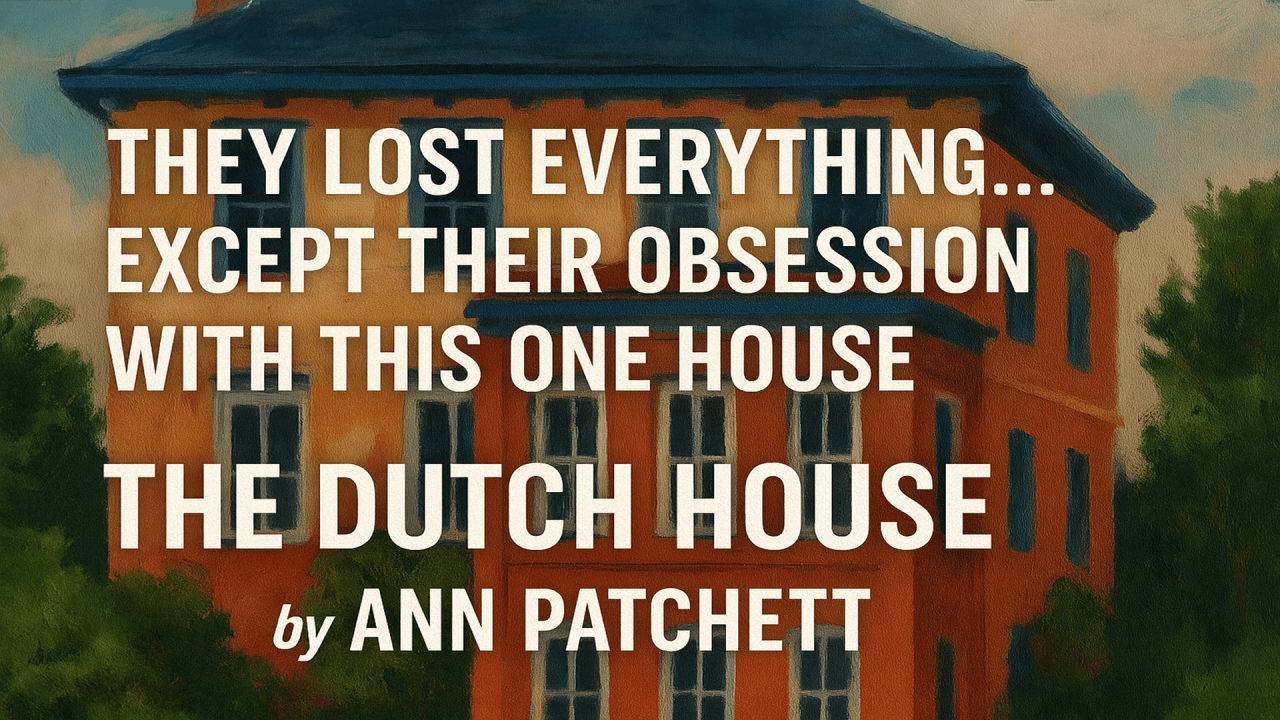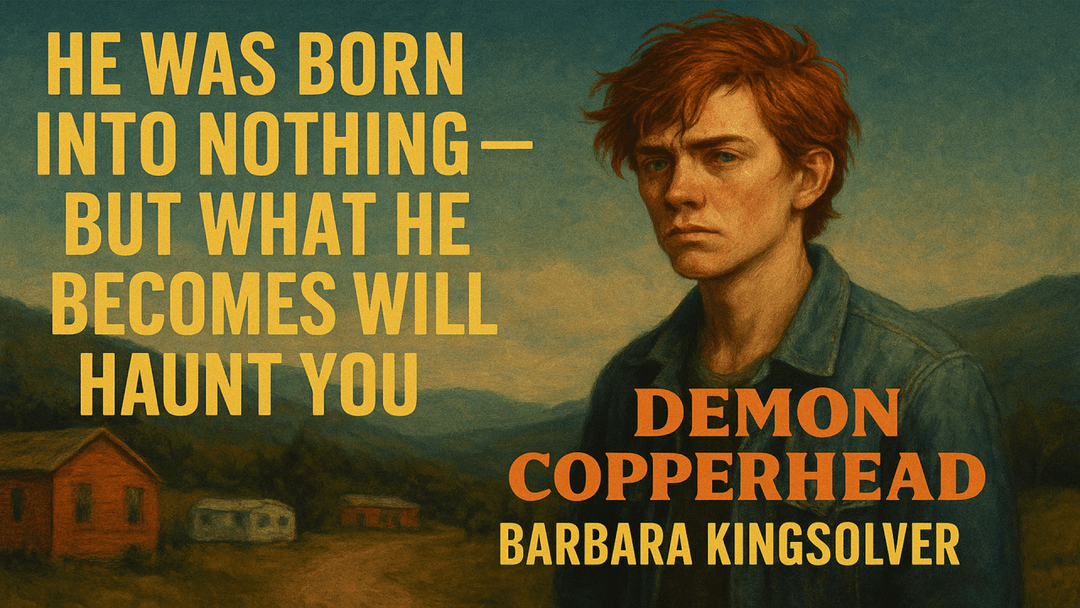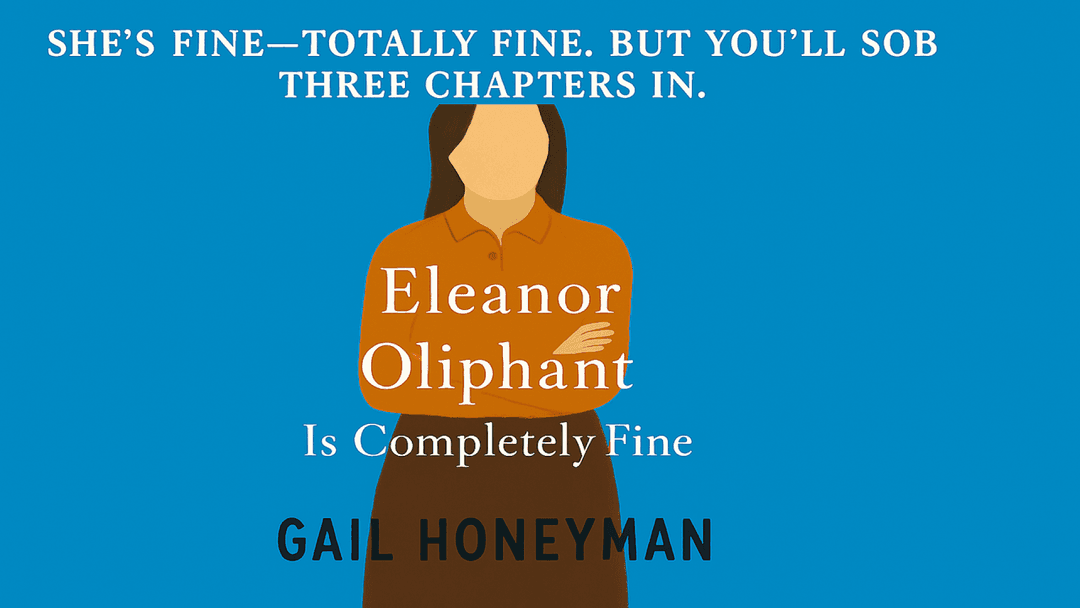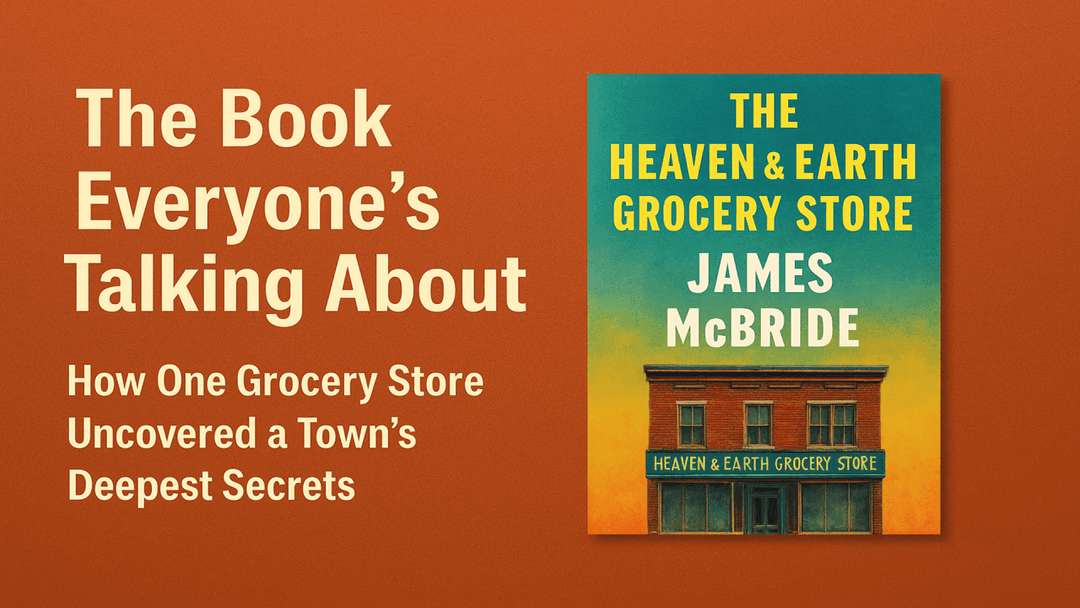Dear Readers,
Today's featured novel is Ann Patchett's captivating work, The Dutch House (2019). This modern fairy tale explores how places shape our identities and how the past continues to inform our present. Let's dive into what makes this novel so compelling.
The Story at a Glance
The Dutch House follows siblings Danny and Maeve Conroy across five decades, centering on their relationship with their childhood home—an extravagant mansion in the Philadelphia suburbs. After their mother abandons the family and their father dies unexpectedly, the siblings are exiled from the house by their stepmother. The novel explores how this loss haunts them throughout their lives as they repeatedly return to sit in a car outside their former home, unable to fully move beyond their past.
Themes Worth Exploring
The Significance of Place
The Dutch House itself functions almost as a character—a symbol of aspiration, belonging, and loss. The ornate mansion with its distinctive blue windows represents different things to each character: for Cyril Conroy (the father), it's a trophy of success; for his wife Elna, it's a monument to excess she cannot morally abide; for Danny and Maeve, it's the backdrop of childhood and later, a site of trauma and obsession.
Family Bonds and Fractures
At its heart, The Dutch House is a sibling story. Danny and Maeve's relationship forms the emotional core of the novel. Their bond intensifies through shared loss, becoming both their greatest strength and a potential limitation. Patchett masterfully explores how family relationships can simultaneously sustain us and keep us tethered to our past wounds.
Time and Memory
Patchett plays with chronology throughout the novel, moving between past and present to show how memory shapes identity. The book suggests that our relationship with the past is never static—as we age, our understanding of formative events shifts, allowing for new interpretations and, potentially, healing.
Forgiveness and Reconciliation
Without revealing too much, the novel's latter half explores what true forgiveness requires. Can we forgive those who have harmed us without excusing their actions? Is reconciliation always possible or desirable? These questions resonate long after the final page.
Discussion Questions
- How does the Dutch House itself influence the trajectory of each character's life?
- In what ways do Danny and Maeve's childhood experiences shape their adult relationships?
- How does the novel explore the concept of "home"? What constitutes a true home?
- How does wealth (or lack thereof) function as both opportunity and burden for different characters?
- How do the portraits in the house serve as metaphors throughout the story?
- What role does forgiveness play in the novel's resolution?
Similar Reads
If you enjoyed The Dutch House, consider these novels that explore family dynamics, memory, and place:
- Commonwealth by Ann Patchett
- The Corrections by Jonathan Franzen
- On Earth We're Briefly Gorgeous by Ocean Vuong
- Housekeeping by Marilynne Robinson
- The Glass Castle by Jeannette Walls
About the Author
Ann Patchett is an acclaimed American novelist known for works including Bel Canto, State of Wonder, and Commonwealth. She is also a co-owner of Parnassus Books, an independent bookstore in Nashville, Tennessee. The Dutch House was a finalist for the 2020 Pulitzer Prize for Fiction.
Discover the Joy of Reading with Classic Pages
Join a vibrant community where stories thrive, authors shine, and readers connect. Buy, rent, explore, and promote—all in one place.
📱 Now available on the App Store and Google Play. Download the Classic Pages app today and reshape the way you read.




